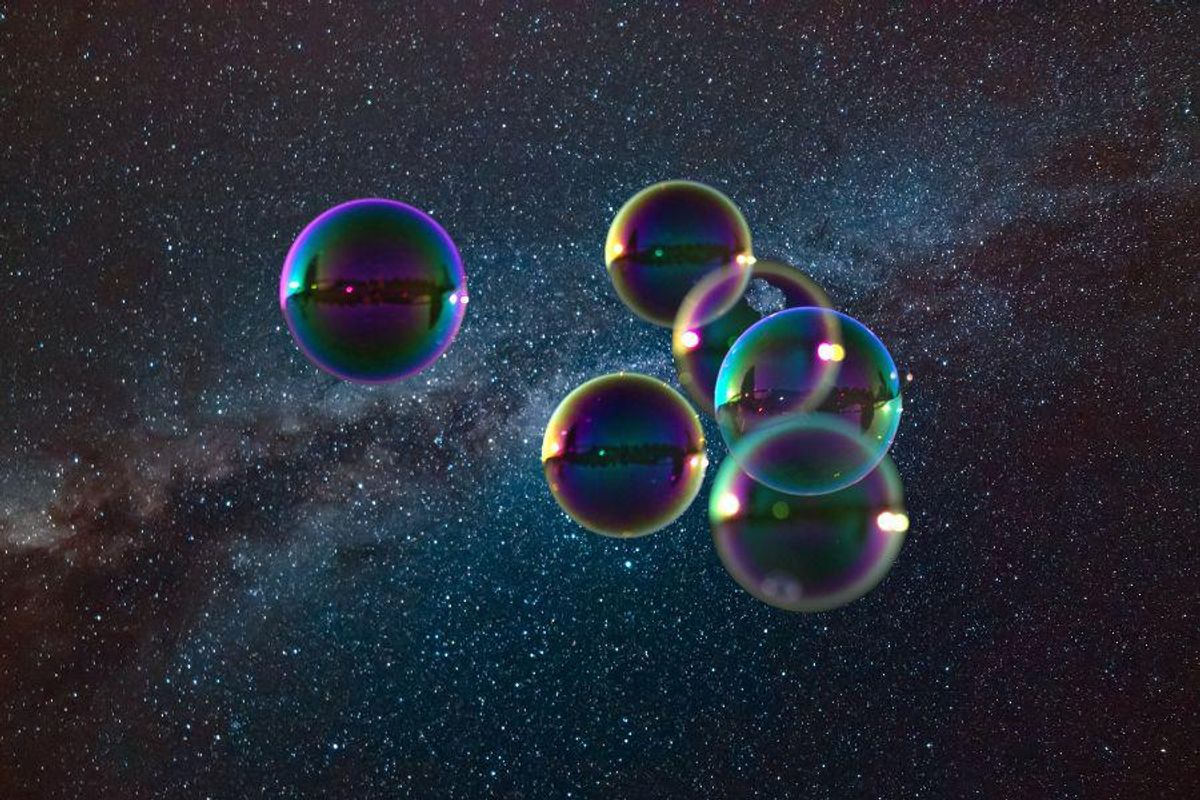
Not everyone is into science or even cares how it works. But sometimes science is too cool to ignore. The scientists at Massachusetts Institute of Technology (MIT) are revisiting an old hypothesis from the late 1980s by astronomer Roger Angel on creating bubbles in space to make an umbrella of sorts to shade Earth. Yeah, they’re suggesting space bubbles. Following advances in technology over the last 30 years, they now think they’ve figured out how to do it.
This news is not only incredible, it feels like it’s straight out of a sci-fi movie. It may sound outrageous, but it could be an actual real-life solution to Earth’s climate change issue. Climate change, according to the United Nations (UN), involves “long term shifts in temperature and weather patterns,” which, since the 1800s, is primarily driven by human activities such as the burning of fossil fuels. Coal, oil and gas all produce heat-trapping gasses that are slowly warming Earth and causing increased carbon dioxide, the warming of oceans and polar ice melt, all of which endanger animals and cause sea levels to rise.
Just lately, it feels like we are melting when we spend more than a few minutes outside, but not everything is doom and gloom. Scientists are working to find a solution to the fiery Earth situation while the effects of newer renewable energy sources are being realized. And that’s where space bubbles come in. The MIT scientists have been able to create a high-tech thin film in the form of a bubble in space-like conditions, which means this should be able to be recreated in space.
These scientists have asked for a “feasibility study” to see if space bubbles actually work, recommending the creation of a bubbly mass in space the size of Brazil. And no, it doesn’t involve scientists blowing bubbles with a giant bubble wand—that would be pretty comical.

The high-tech bubbles if able to be hurled into space to save the planet could reflect wavelengths from solar radiation of different varieties. But there’s this pesky thing called gravity. The bubbles would need to be far enough away from Earth that they don’t get pulled down but far enough from the sun that they don’t burn up. For the moment, researchers are just putting the idea out into the world with the hope that it can be built on in the future. Outside of the preliminary experiments that have shown that space bubbles are possible, more work has to be done to make them a reality.
In the meantime, we can enjoy the image in our heads of an umbrella made of space bubbles shading Earth. Envisioning astronauts popping them with a video game like laser gun is fun too. All eyes are on MIT as they figure out if we get to have space bubbles for Earth’s birthday party in the next few years. In the meantime, we nonscientist humans should probably keep doing our part to slow climate change.
